A rainy afternoon in the 1980s could turn into a high-stakes battle of wits, memory, or pure luck. 80’s games tested reflexes, demanding lightning-fast moves, and sparked rivalries that could last all weekend. Winning meant bragging rights and losing? That just meant trying again until you got it right.
Candy Land
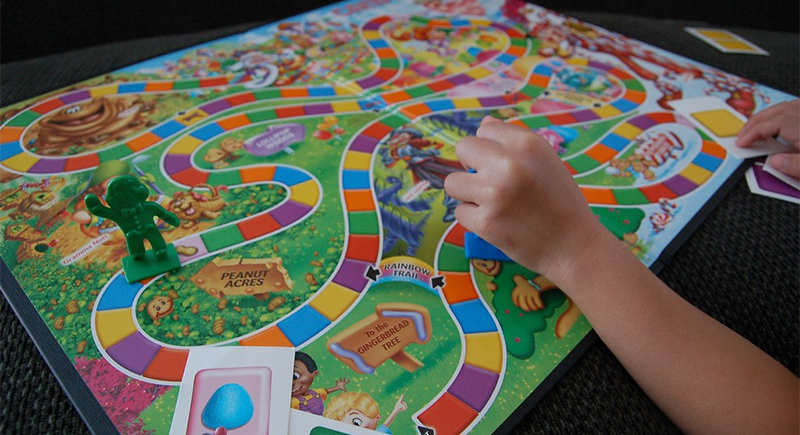
Before kids were glued to tablets, they were racing to Candy Castle, hoping luck was on their side. The game was designed so even the youngest players could jump right in. The 1984 version cranked up the charm with characters like Mr. Mint and Gramma Nutt and turned the game into a mini-story with every move.
Hungry Hungry Hippos
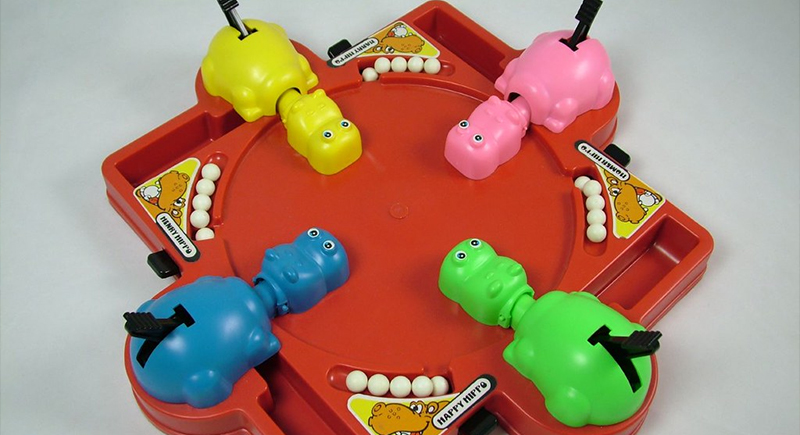
If there was ever a game that turned a quiet afternoon into total chaos, this was it. Four hippos, a pile of marbles, and a race to chomp as many as possible—things got competitive fast. Homer, Harry, Henry, and Lizzie were marble-gobbling gladiators, and every round felt like a mini battle for victory.
Connect Four
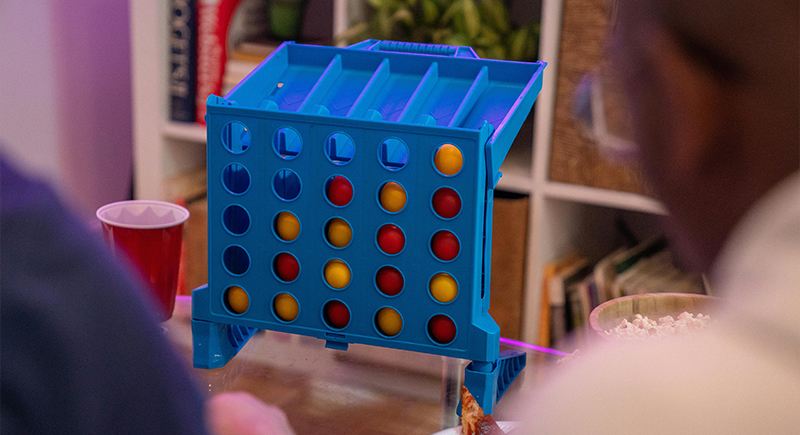
Victory never felt sweeter than when you dropped that final piece and watched your opponent’s shocked face. “Connect Four” was a battle of brains and patience, where one wrong move could cost you everything. It looked simple—just stack four in a row—but the real fun was in the mind games, the fake-outs, and the last-minute saves.
Mystery Mansion
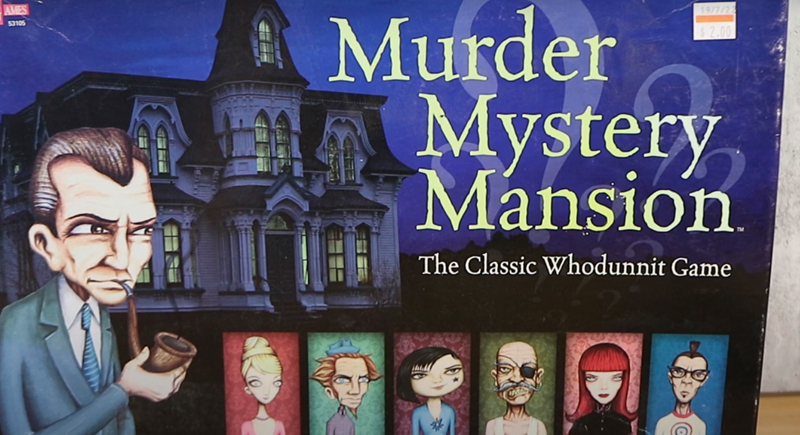
There was something thrilling about creeping through a haunted mansion, never knowing what was around the next corner. “Mystery Mansion,” released in 1984, is a suspenseful treasure hunt. Smart decisions and a little teamwork made all the difference as players pieced together clues and raced to uncover the prize.
Pictionary
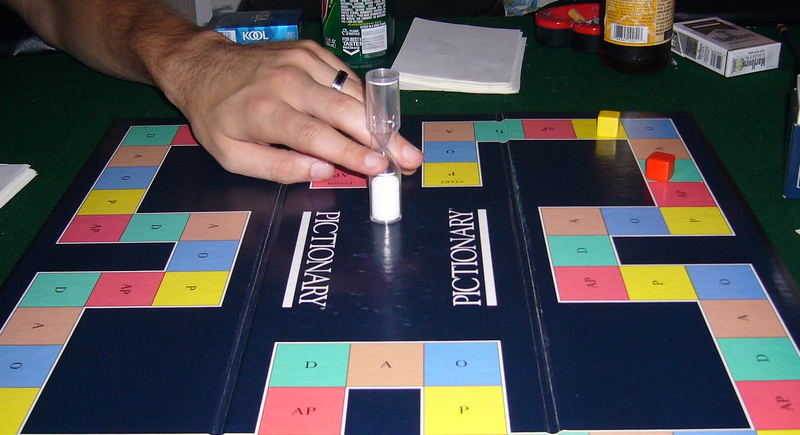
A few marker strokes could make or break your team’s chances, and that was the magic of “Pictionary.” Released in 1985, it had a way of turning even the worst doodlers into competitive artists—at least for a few chaotic minutes. One moment, someone confidently sketched a cat, and the next, players mistook their masterpiece for a melted octopus.
UNO
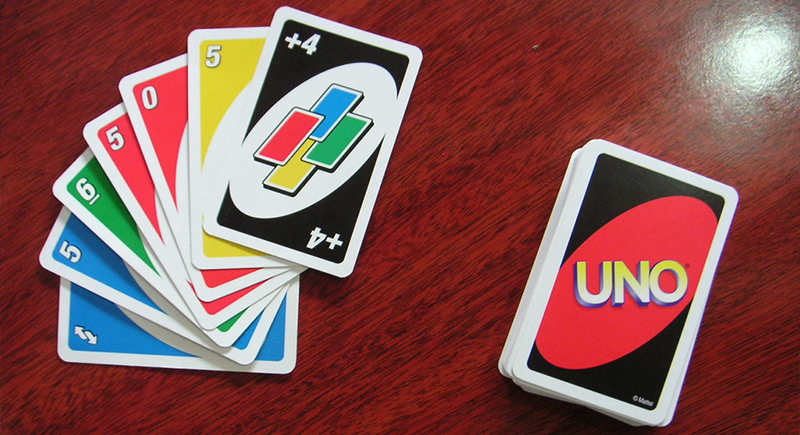
A single deck of cards could create joy, tension, and the occasional family feud. By the 1980s, this color-matching classic had become a must-have at game nights. Nothing compared to the sweet satisfaction of dropping a “Draw Four” or the agony of watching your opponents stack up penalties while you desperately waited to yell, “Uno!”
Barrel of Monkeys
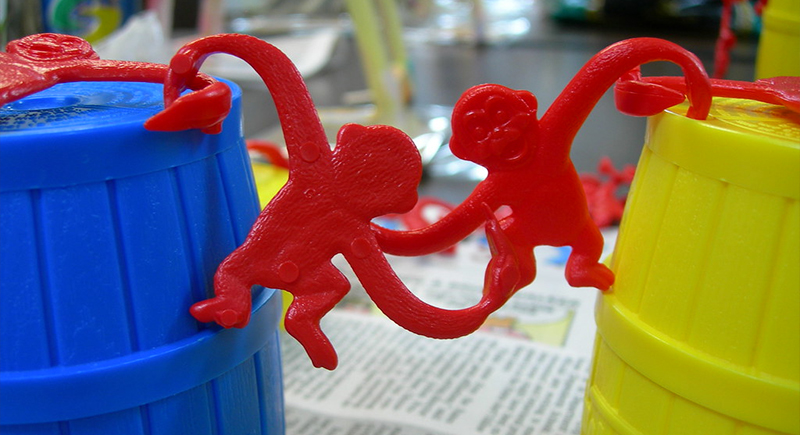
Achieving the seemingly straightforward objective of “Barrel of Monkeys”—creating an unbroken chain of plastic primates—was, in reality, a challenging task requiring skill and accuracy. Each colorful barrel held 12 monkeys with curved arms designed for hooking onto each other—if you could manage it. And when that monkey chain finally reached record-breaking length, it was pure victory.
Stratego
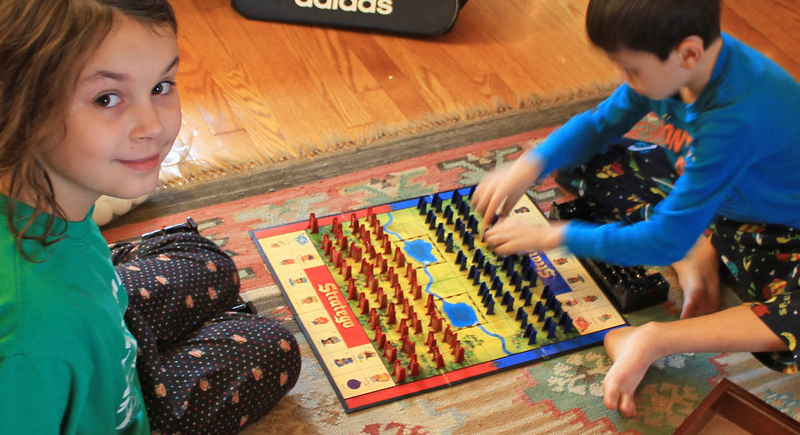
“Stratego” was pure tactical combat in board game form. With 40 hidden pieces per side, each match was a mind game in which a sneaky scout could slip past defenses. Then came Electronic Stratego in 1982; it cranked up the tension with beeping sensors and touch-sensitive pieces that added a new level of suspense.
Guess Who?
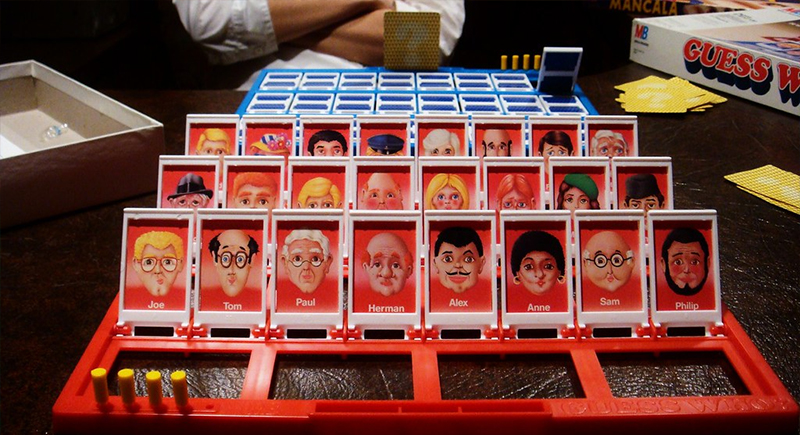
There was something oddly satisfying about snapping down those little plastic frames one by one, getting closer to cracking the case. Was their character rocking a mustache? Wearing a hat? Sporting glasses? Every yes or no felt like a clue straight out of a detective novel, and getting it right first meant maximum bragging rights.
Don’t Break the Ice
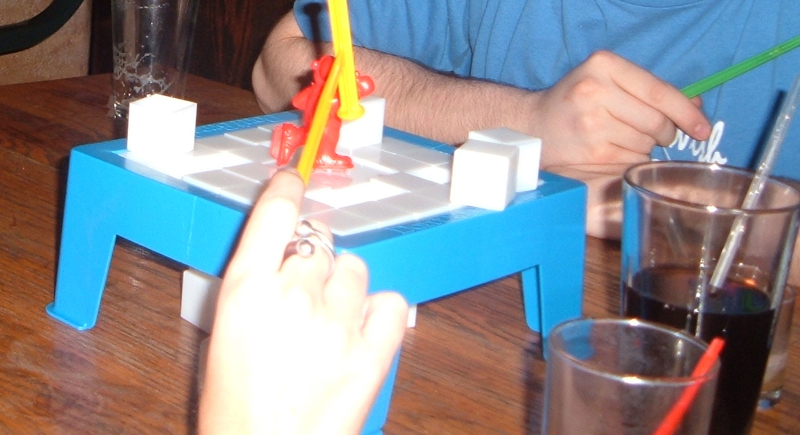
“Don’t Break the Ice” was a high-stakes balancing act where one unlucky tap could send the whole thing crashing down. With every turn, the frozen platform became more unstable, and the pressure to make the perfect move skyrocketed.
Chutes and Ladders
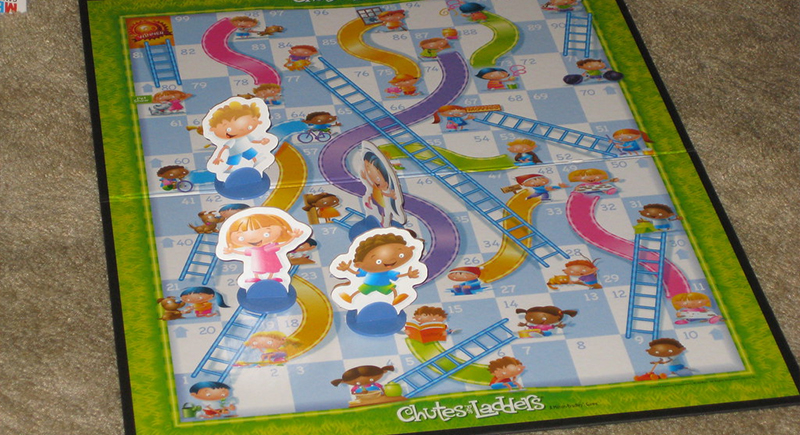
Landing on a ladder felt like winning the lottery, but hitting a chute was pure heartbreak. This boardgame was a storybook of life lessons, whether it was being rewarded for kindness or learning the hard way that shortcuts don’t always pay off. It was a simple yet genius way of teaching kids that actions have consequences—without any boring lectures.
Clue
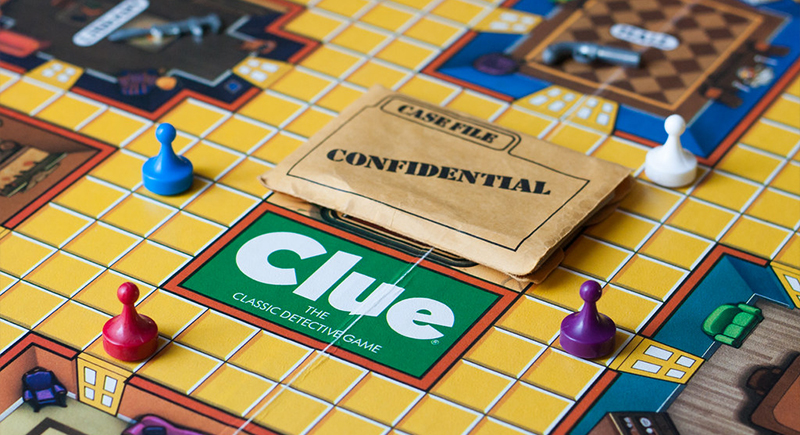
“Clue” in the 1980s turned every player into an amateur detective by grilling their friends and family with dramatic accusations. The 1986 edition brought a slick upgrade with plastic, erasable scorecards—because solving fake murders required serious organization.
Battleship
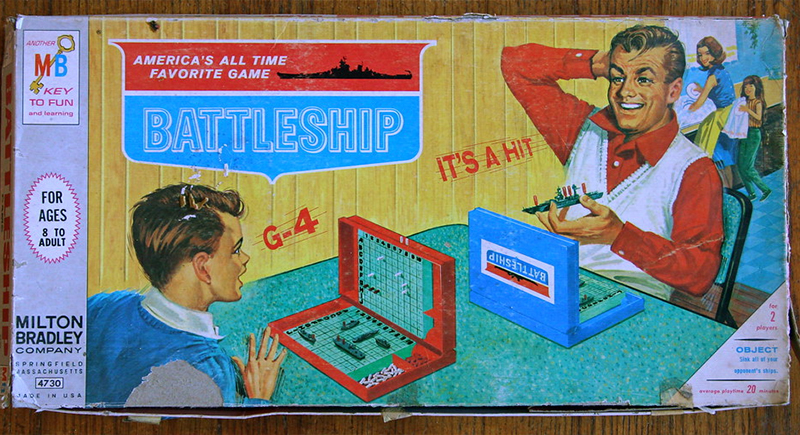
Every “Battleship” game started with a secret strategy, carefully placing ships in the hopes of dodging enemy fire. But once the first shot was called, it was an all-out guessing game, filled with dramatic pauses, nervous laughter, and that victorious moment when you finally heard, “Hit!”
Dark Tower
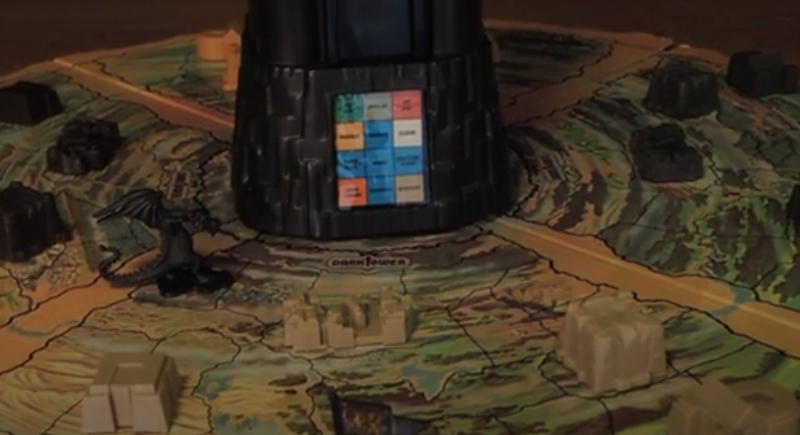
Long before video games took over, “Dark Tower” brought an epic fantasy quest to the tabletop—complete with an electronic, motorized tower that felt like magic in 1981. Adding to its mystique was the artwork of Bob Pepper, whose surreal fantasy style gave the game a legendary feel.
Dungeons & Dragons
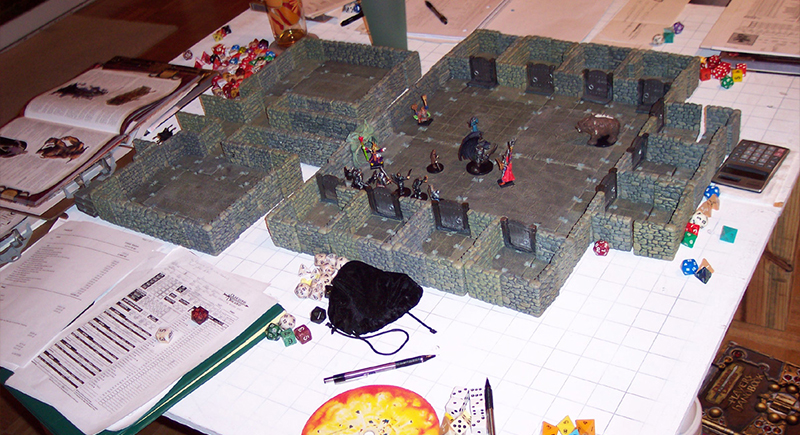
A handful of dice, a character sheet, and a room full of friends were all it took to start an adventure filled with magic, mayhem, and legendary quests. Even with controversy swirling around it, “D&D” refused to fade. Decades later, those epic adventures still echo.